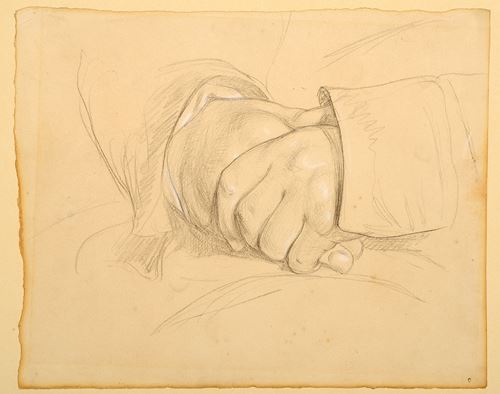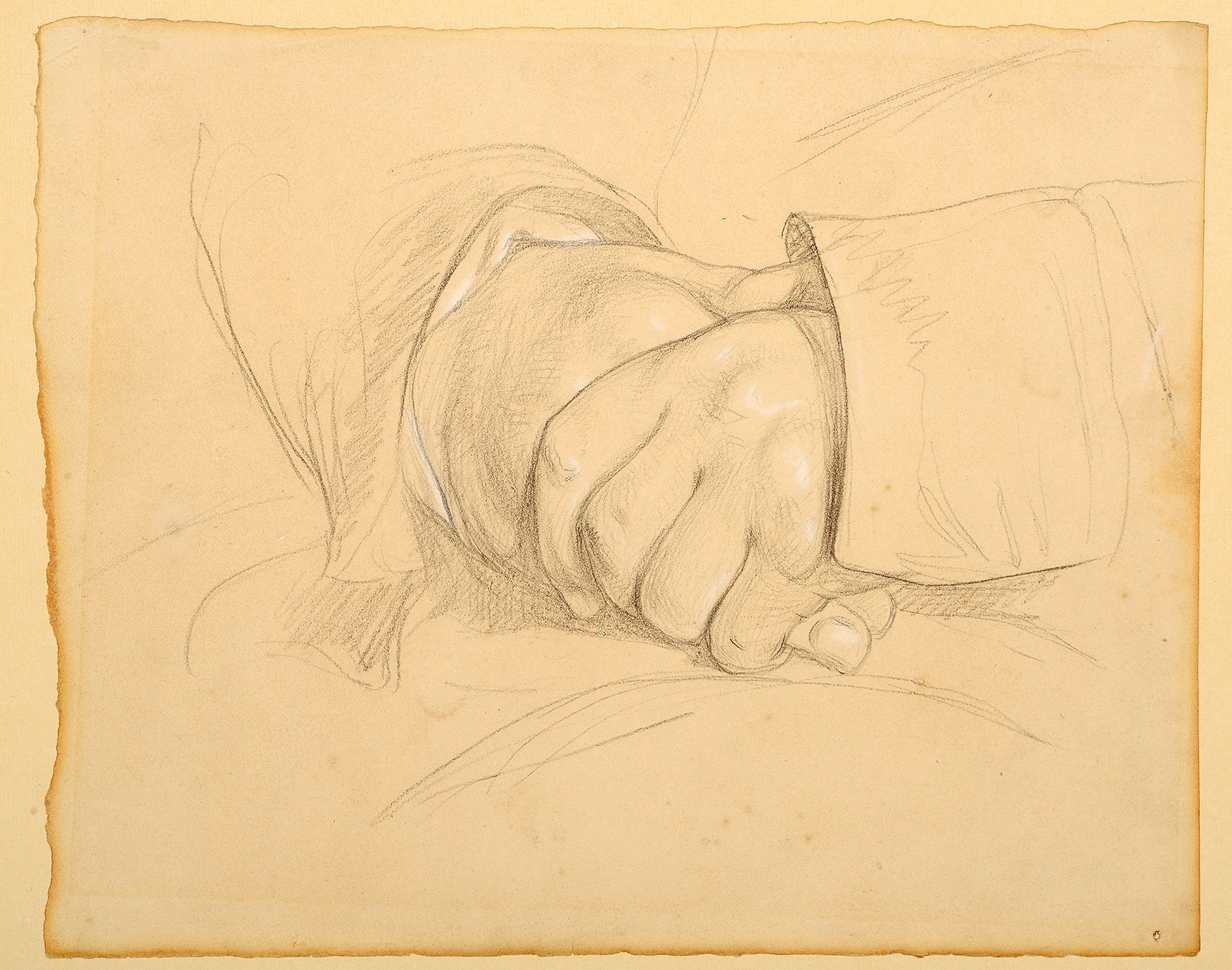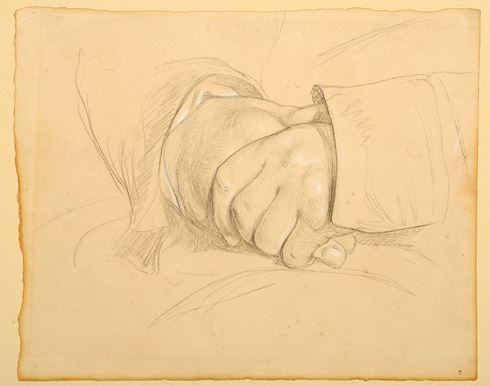
Benjamin Robert HAYDON
Plymouth 1786 - London 1846
Biography
Born in Devon, the son of a bookseller, Benjamin Robert Haydon studied under Henry Fuseli at the Royal Academy Schools in London, and was determined to make his name as a history painter. He made a comprehensive study of the fragments of the Parthenon frieze, recently brought to England by Lord Elgin in 1808, which resulted in some splendid drawings. His painting Dentatus was, however, rejected by the Royal Academy, and led to a longstanding feud between the artist and the institution. One of his few successes as a history painter was a massive canvas of Christ’s Entry into Jerusalem, exhibited in 1820 and admired by John Keats, William Hazlitt and William Wordsworth, all of whom were depicted in the painting, as well as Sir Walter Scott. Always in financial difficulties, Haydon was jailed for debt in 1823. In the early 1840s, the artist entered the competition for the decoration of the House of Commons with scenes from British history, but failed to gain a commission. Among his pupils was Edwin Landseer. In June 1846 he committed suicide, at the age of sixty. Although he saw himself as a genius, Haydon never achieved lasting success as a painter, and still remains a relatively obscure figure today. He is perhaps best known for his autobiography, published in 1853.
Haydon was an excellent draughtsman, working in pen and ink, graphite and black and white chalks on both white and tinted papers. Indeed, as one recent scholar has noted, ‘If...Haydon deserves any re-assessment of his achievements it must be primarily on account of his drawings, by far his most substantial artistic achievement and one for which he deserves to be much better known. Among them are some of the finest drawings produced by any British artist in the nineteenth century. His wide-ranging interests, his probing mind, his real understanding of outward form and inner character, his concern for physiognomy and phrenology, his desire to learn from the Old Masters and from the sculptors of antiquity, all of these can be seen and appreciated in his drawings.’


